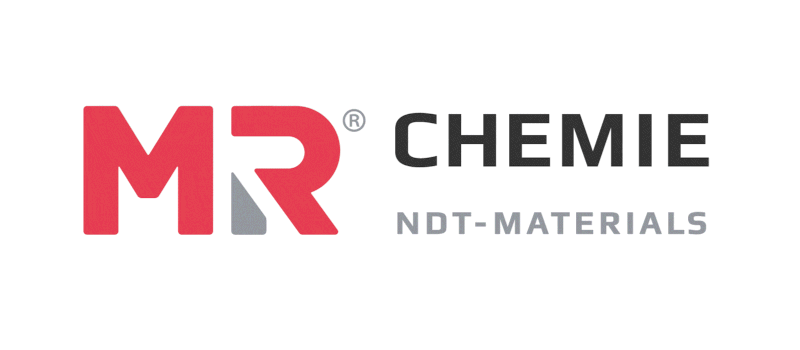

MR®81T-R is a non-combustible, light, free flowing dry developer powder that is ideal for highly sensitive fluorescent penetrant processes which can be applied to oven-dried parts following the use of penetrants and forms a thin film on parts that enhances the visibility of ultra-fine discontinuities.
| SKU | Pack Size | Case Size |
|---|---|---|
| 2511-0028 | Bulk 1kg | – |
| Properties | Appearance – free flowing white powder Chemical Composition – mixture of pigments Basis – pigments Odour – nil |
| Approvals | QPL SAE AMS 2644 AMS 2647 ASME Code V; Art. 6 DIN EN ISO 3452 ASTM E165 ASTM E1417 RCC-M ASME |
| Recommended Usage | NDT Method – Dye Penetrant Testing Form – d/e (EN ISO 3452-2); e (AMS 2644) Compatibility – all Type 3 penetrants ; selective Type I penetrants Area Coverage ~ 6 sq m (400ml nett Aerosol can) ; ~ 19 sq m (1 L) Usage Temperature – 14°F to 131°F / -10 °C to +55 °C Storage Temperature – 41°F to 113°F / +5 °C to +45 °C |
| Reference Test Blocks | Reference test block type 1 (Ni-Cr panel – 10µm 20µm 30µm & 50µm) Reference test block type 2 (5-star panel) ASTM test block (Aluminium comparator block) TAM Panel |
| Bulk | Aerosol |
|---|---|
 |